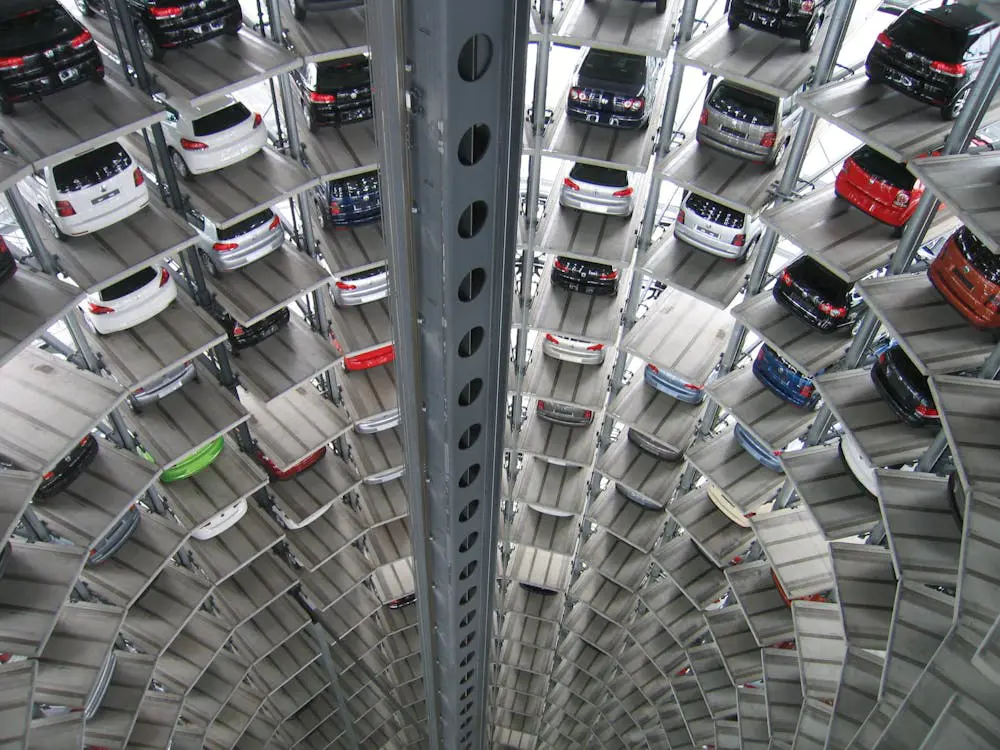
The Agency Model: Evolution is Key to Success
The automotive agency model has been a hot topic in recent years, with many in the industry seeing it as a forward-thinking approach to modernising the car buying process. However, while it offers potential benefits, it’s clear that the reality of implementation has tempered the initial enthusiasm for the pure agency model. During the AM Online webinar, where I had the opportunity to speak alongside Graham Stokes from Keyloop, Tony Whitehorn, former President and CEO of Hyundai UK, as well as Stephen Latham from the NFDA, we delved into the future of this model and its challenges.
A Promising Concept for OEM, but with Early Struggles
The agency model promises several advantages for OEMs and customers. It offers price transparency, eliminates haggling, and provides a seamless online-to-offline experience. These are significant steps forward in meeting the expectations of today's digitally savvy consumers, who want the flexibility to research and even buy cars online. OEMs also benefit from having more direct control over the sales process, enabling them to create a consistent brand experience across all platforms.
However, despite these advantages, the agency model's purest form has revealed several limitations. Early adopters like Polestar have struggled with declining sales, prompting a shift away from the pure agency model to a non-genuine agency (NGA) approach. The main issue? The model has yet to sufficiently account for the importance of dealerships in building relationships and managing customer experiences.
The Need for Evolution
As discussed during the webinar, the agency model, while innovative, could be better. Dealerships have long been the backbone of the car-buying journey, offering personalised service, local knowledge, and aftersales support. In the rush to embrace digital sales channels, some OEMs have neglected dealerships' crucial role. Polestar’s UK sales plummeting by 56% in 2024 was a stark reminder that customers still value the human element in the buying process.
This is why the model needs to evolve. Rather than abandoning the agency model, we should focus on refining it. A more flexible approach—such as the hybrid models now being tested by some OEMs—could balance OEM control and dealer involvement. Polestar's shift towards an NGA model, where dealers regain some control over marketing and stock, is a prime example of how this evolution can work. By empowering dealerships to play a more significant role in customer engagement, OEMs can maintain the agency model's benefits while preserving the essential human touch.
The Role of Dealerships: Still Essential
It’s also clear that dealerships are far from obsolete. While their traditional role may change, dealerships remain vital for test drives, aftersales services, and customer experience centres. This is particularly true as the market transitions towards electric vehicles (EVs), often requiring more education and support than their petrol or diesel counterparts. As OEMs take control of pricing and stock management, dealerships can refocus on providing an exceptional in-person experience, helping customers navigate new technologies.
Moreover, as dealerships move away from a margin-driven model and towards a commission-based structure, they can achieve more stable income streams. Without the pressures of managing extensive inventories and meeting aggressive sales targets, dealerships can streamline their operations and focus on building long-term relationships with customers. The aftersales market—a primary revenue driver—can become even more significant in this new landscape.
Scepticism and the Path Forward
During the webinar, there was consensus that while the agency model offers promise, it is not a one-size-fits-all solution. Scepticism remains, particularly among dealers who feel that the pure agency model, in its current form, undermines their role. However, the solution lies not in discarding the agency model altogether but in adapting it to suit the needs of the market, dealers, and customers.
In the coming years, we will likely see a shift towards a hybrid agency model, where OEMs and dealers collaborate more closely to ensure both parties can thrive. The success of the agency model will depend on flexibility, continuous dialogue between OEMs and dealers, and a focus on customer needs. As we move forward, the most successful implementations of the agency model will likely blend the best aspects of both the traditional dealership model and the agency approach, ensuring a win-win for all parties involved.
Conclusion
The agency model represents a significant shift in the automotive industry, and while its current form has revealed some flaws, it will undoubtedly continue to evolve. As sceptics have pointed out, the model must be refined to better suit market conditions and ensure that dealerships remain integral to the customer experience. Flexibility, collaboration, and adaptability will be essential as we create a model that benefits OEMs, dealers, and customers. In the end, the agency model is not perfect. Its success will depend on how well the industry can learn from early adopters, adapt to market demands, and ensure that dealerships play a meaningful role in the future of automotive retail.
Have a great week!
